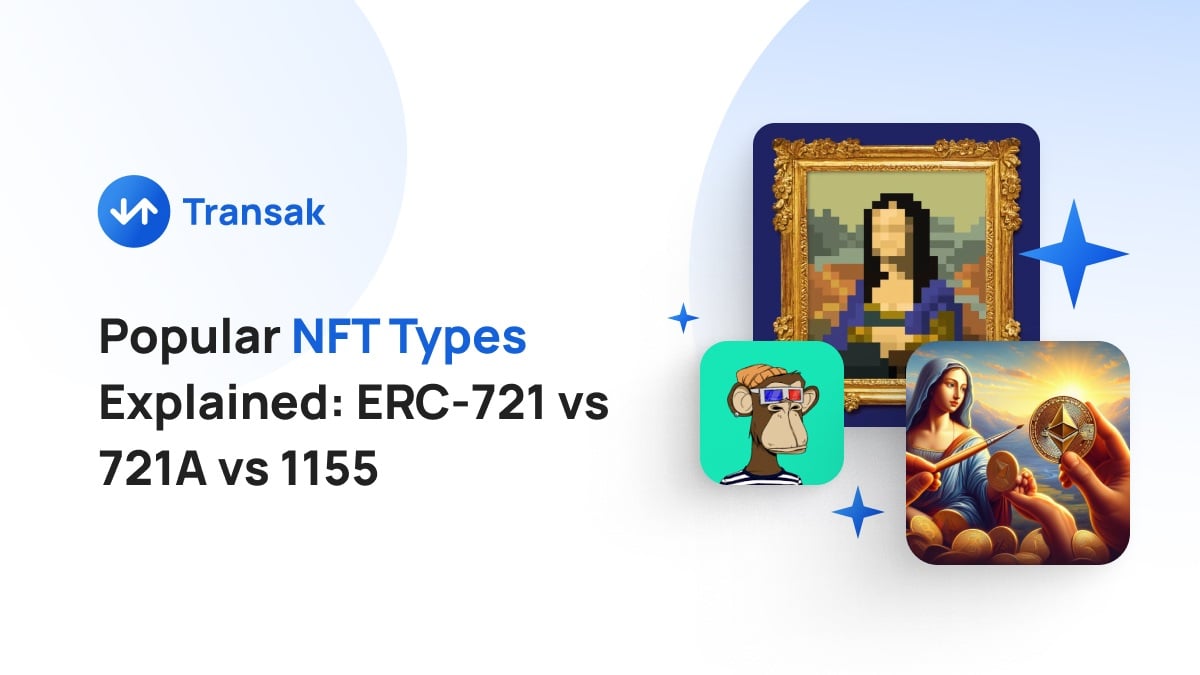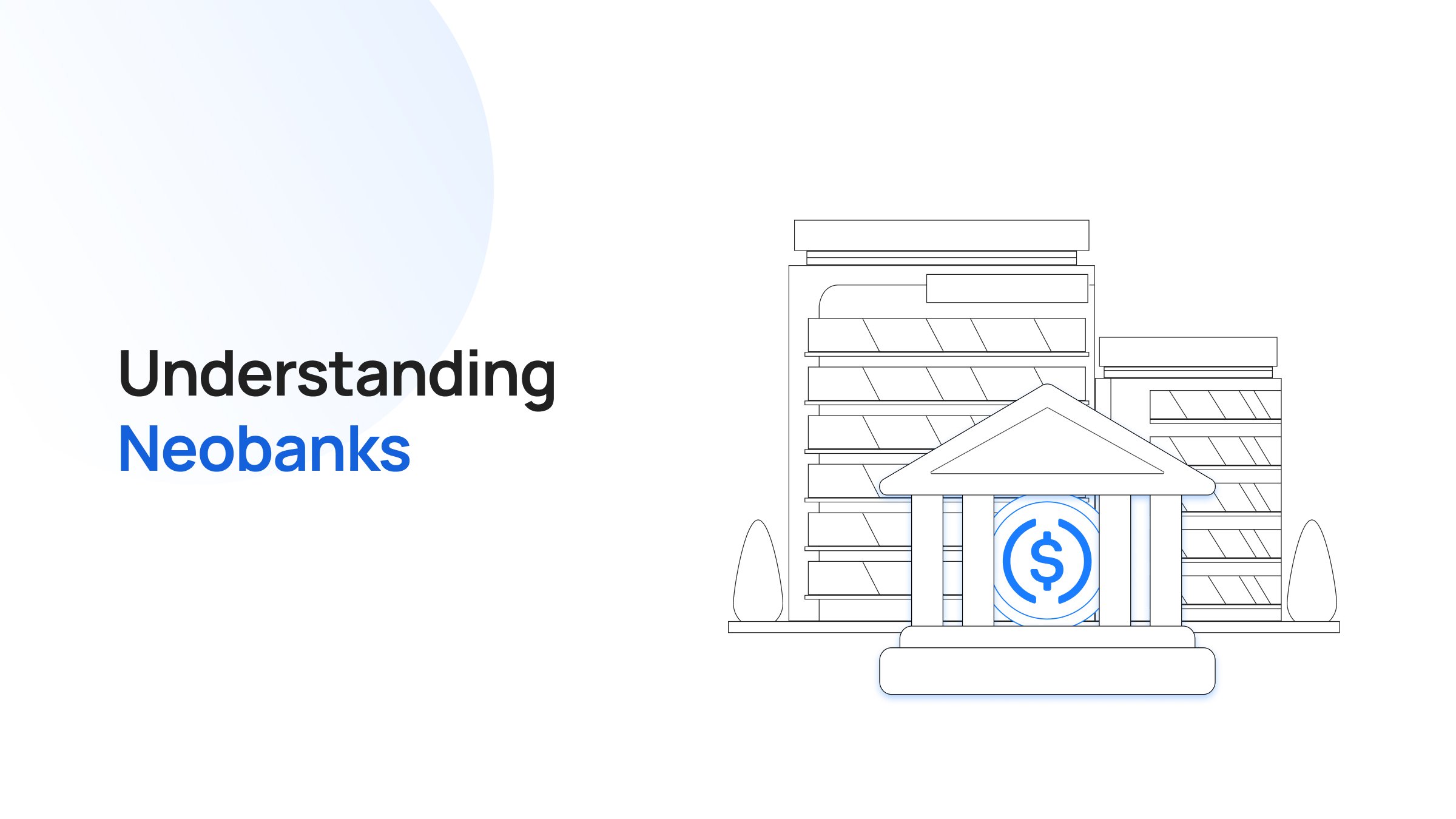The emergence of NFTs is the watershed moment of true digital asset ownership. Before them, provenance and ownership of digital assets could easily be lost unless protected by a trusted thirst party.
At its core, an NFT is a unique digital asset, distinguished from others by its distinct characteristics and ownership record on the blockchain. Unlike cryptocurrencies like Bitcoin or Ethereum, which are fungible and can be exchanged on a one-to-one basis, each NFT is one of a kind. This uniqueness has led to their use in representing digital art, collectibles, and even real estate in the virtual world.
As the application of NFTs broadened, the need for diverse standards became apparent. Originally, the ERC-721 standard was the backbone of NFT creation, allowing for the representation of unique assets on the Ethereum blockchain. However different use cases and needs within the NFT community led to the development of new standards like ERC-721A and ERC-1155.
Among the various NFT types are ERC-721, ERC-721A, ERC-721C, ERC-1155, Ordinals, and BRC-721E. The widely recognized and popular types of NFTs include ERC-721, ERC-721A, and ERC-1155.
In this article, we will explore ERC-721, ERC-721A, and ERC-1155 (all of which are supported by the Transak suite of products).
An Overview of ERC
ERC token is the most widely used standard for NFTs. ERC means "Ethereum Request for Comment," and represents a subcategory of Ethereum Improvement Proposals (EIPs).
The Ethereum community proposes changes, improvements, or additions to the Ethereum network through these EIPs. The ERC-20 standard token was first implemented in 2015. ‘20’ stands for the proposal identifier in the name ERC-20.
ERC-20 tokens inherit various key attributes including easy transferability and compatible interoperability. ERC-20 can be swiftly traded on cryptocurrency exchanges that support the ERC-20 standard.
ERC-20 standard includes functions to get token information including the total supply of tokens, the balance of a particular address, and the token's symbol as well as name.
What is ERC-721?
The ERC-721 (Ethereum Request for Comments 721) is a Non-Fungible Token Standard that implements an API for tokens within Smart Contracts. It was first proposed by William Entriken, Dieter Shirley, Nastassia Sachs, and Jacob Evans in January 2018.
Features
One of the USPs of ERC-721 is its uniqueness which comes with its distinct identifier. This makes them suitable for representing one-of-a-kind digital or physical assets, such as digital art, collectibles, or unique in-game items. The uniqueness of ERC-721 is due to its inherent property of indivisibility which makes it impossible to fragment into smaller units and keeps the uniqueness intact.
When it comes to ownership of ERC-721 tokens, an individual possessing the private key of the Ethereum address that holds the token is considered the owner. Thus, the easy transferability of the token updates results in an easy update of the ownership to the Ethereum address.
The ownership and transferability of ERC-721 tokens provide transparency and immutability and give a secure and decentralized experience to the user. One of the most intriguing features of the token is its ability to include detailed metadata like the creator, title, description, and other relevant information that is stored off-chain.
ERC-721 tokens are one of the most widely supported by NFT marketplaces. Thus, the token is easy to buy, sell, transfer, and trade.
Popular Use Cases
Thanks to its uniqueness, ERC-721 is the top choice for creating NFTs that represent one-of-a-kind digital assets including photographs, artwork, collectibles, DeFi projects, and in-game items.
Ethereum’s inaugural NFT token standard was Dapper Labs CryptoKitties NFT collection, which are ERC-721 tokens. Other popular ERC 21 use cases include Bored Ape Yacht Club (BAYC), Cryptopunks, and Clone X, Meebits.
Limitations
Despite its remarkable features, ERC-721 has certain limitations. One of its key features, 'indivisibility,' has a downside. The incapacity to divide into smaller units becomes impractical in scenarios where fractional or partial ownership of certain projects is desired.
Minting and transfer of each ERC-721 token needs a separate transaction, which leads to higher transaction fees. Although ERC-721 includes metadata, there is no strict standardization for storing its metadata format which leads to inconsistencies, further affecting the interoperability.
ERC-721 tokens are susceptible to scalability issues especially when the Ethereum blockchain network gets congested. Developing applications for ERC-721 tokens is more complex than creating apps for ERC-20 tokens.
What is ERC-721A?
ERC-721A is very similar to the original ERC-721 standard, but it is simpler thus, is significantly different from it. ERC-721A was first developed by Chiru Labs who are the creators of the Azuki NFT Collection.
Features
ERC-721A is a significantly improved version of ERC-721 but has most features similar to the latter. ERC-721A is more gas-efficient than ERC-721 token. Unlike its predecessor, ERC-721A does not have to be pre-minted but can be minted on-demand all at once, which is more cost-effective too. This feature makes ERC-721A, a good choice for NFTs with a busy mint phase.
ERC-721A is better optimized for generative artwork NFT collections. Unlike the ERC-721 standard, ERC-721A has allowed token ownership at the transferring stage rather than the minting stage. This token standard also has better metadata management.
Popular use-cases
One of the most popular use cases for ERC-721A is the Azuki NFT collection. Thanks to its batch transfer feature, in-game NFTs like Azuki prefer ERC-721A over other tokens. This token standard can find its applications in NFT collectibles.
Limitations
Even with all its perks, ERC-721A has some limitations. The better transfer and minting abilities of this token come at a huge cost, especially for single NFT mints. ERC-721A is not an ideal standard for utility NFTs that do not have a busy mint phase. Each contract can only represent a single type of NFT. ERC-721A token does not support semi-fungible tokens that start fungible but become non-fungible later.
What is ERC-1155?
ERC-1155 is a multi-token standard that enables the creation of a single contract to manage any combination of NFTs and semi-fungible tokens. ERC1155 was first introduced by Enjin to offer flexible fungibility and gas efficiency.
Features
One of the key features of ERC-1155 is its gas effectiveness. ERC-1155 allows batch transfers in a single transaction which helps in reducing the net gas fees compared to individual transfers.
ERC-1155 uses a more efficient storage structure than other token standards. This can lead to reduced storage costs on the Ethereum blockchain.
This standard supports atomic swaps which prevents partial execution, i.e., either all the transactions within a batch are executed or none at all. ERC-1155 has a backward-compatible design with ERC-20 and ERC-721. Thus, projects can be easily migrated to ERC-1155 without disturbing existing tokens.
Popular use-cases
The use cases of ERC-1155 can be seen in gaming and marketplace projects. Enjin uses ERC-1155 for its blockchain gaming ecosystem. Decentraland (MANA), 0xUniverse, Rarible (RARI), Sorare, Gods Unchained, Chiliz (CHZ), and Axie Infinity are some of the projects using ERC-1155.
Limitations
ERC-1155 has several good features, but its complexity is one of the most severe limitations. ERC-1155 is more complex than simpler token standards like ERC-721 and ERC721A, thus, its implementation gets more challenging. This token does not easily query for the owners of a specific asset on-chain.
Even as ERC-1155 provides a great deal of interoperability, integrating with platforms and applications with older standards becomes tricky. ERC-1155 doesn't enforce a strict standard for metadata. Inconsistencies in storing metadata could lead to disjointed user experiences.
While ERC-1155 is more gas-efficient than other standards, it can get expensive as developers carry out complex operations. As several wallets and platforms are built on older standards, ERC-1155 adoption is not as widespread as ERC-721 A or ERC-721.
Comparative analysis of ERC-721, ERC-721A, and ERC-1155
Feature |
ERC-721 |
ERC-721A |
ERC-1155 |
|
Batch Transfers |
No |
Yes |
Yes |
|
Easily query for the owners of a specific asset |
Yes |
Yes |
No |
|
Support for semi-fungible tokens
|
No |
No |
Yes |
|
Gas Efficiency |
Less gas efficient for minting multiple NFTs. |
More gas efficient, especially when minting multiple NFTs at once. |
Gas efficient, especially for batch transfers and operations. |
|
Interoperability with ERC-20 |
Not directly compatible. |
Not directly compatible. |
Compatible, allowing fungible tokens to act like ERC-20 tokens. |
|
Use cases |
Artworks, Defi, Crypto Kitties, BAYC |
Collectibles, Azuki |
Enjin, Gaming, and Artworks |
Conclusion
These standards are not just technical specifications; they represent the growing complexity and sophistication of the digital asset world.
Different standards can offer varying levels of user-friendliness and security, affecting how consumers interact with NFTs. There is no one-size-fits-all solution and different standards can cater to specific needs, like more efficient transfer processes, enhanced security features, or integration with other digital assets.
Transak One and NFT Checkout products support all [ERC-721, 721A, and 1155] standards with industry-first features like multi-NFT purchases, and more.
For more information, visit transak.com or follow on twitter.com/transak.






